Doenjang, or fermented soybean paste, is a cornerstone of Korean cuisine, celebrated for its deep, salty umami flavor that enriches a wide range of dishes.
Made from soybeans and brine, this versatile paste isn't limited to traditional recipes—it also enhances dressings and marinades for both vegetables and meats.
In many Korean households, it's a key ingredient in dishes like doenjang jjigae, a hearty stew often made with pork and vegetables. Though the process of making doenjang is time-intensive, the result is a richly flavored paste that adds remarkable depth to everyday meals.
Both chefs and home cooks value its ability to elevate even the simplest ingredients with a complex, savory taste. For those eager to try it at home, doenjang can be blended with sesame oil, garlic, and other ingredients to create bold, flavorful dressings and sauces.
Whether you're experimenting with new recipes or cooking beloved Korean classics, doenjang is an easy and rewarding way to infuse your meals with bold, authentic flavor, making it a must-have in any adventurous kitchen.
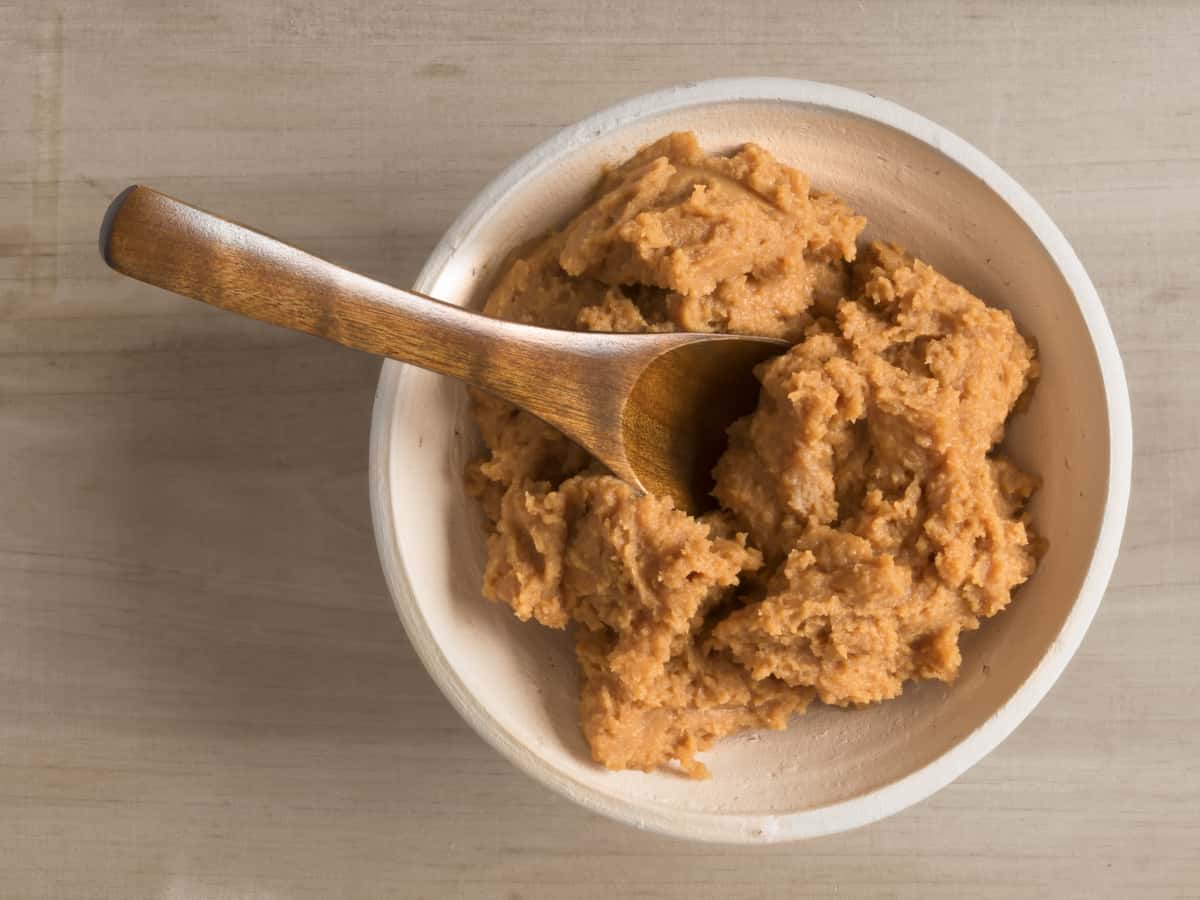
Jump to:
📜 History of Doenjang
Origins in Korea
The origins of doenjang stretch back thousands of years in Korea. Early records indicate its use as early as 544 CE. The paste has deep ties to Korean culture and cuisine, with its history intertwined with the cultivation of soybeans in the region.
Doenjang's preparation involves fermenting soybeans in brine, a method likely influenced by the need to preserve food. Unlike some other traditional foods, the process of making doenjang has changed little over the centuries.
Doenjang Through the Ages
Over time, doenjang has become a staple in Korean households. It’s known for its simplicity, only needing soybeans, water, and salt. The fermentation process starts with boiling the soybeans and forming them into blocks, which are then naturally fermented.
Historical texts and archaeological findings suggest that doenjang was not only a food source but also had cultural and possibly medicinal significance. Even today, families in Korea often make their own doenjang, continuing a long-standing tradition.
Comparison With Other Fermented Pastes
Doenjang shares similarities with other Asian fermented pastes, particularly Japanese miso. Both are made from soybeans and undergo fermentation, but there are some key differences.
Doenjang is typically chunkier and has a more robust, earthy flavor. Miso, on the other hand, is smoother and slightly sweeter. The production of both pastes involves similar steps, yet the specifics, like fermentation duration and ingredient ratios, vary, giving each paste its unique characteristics.
This comparison highlights the regional diversities in fermenting techniques and culinary preferences.
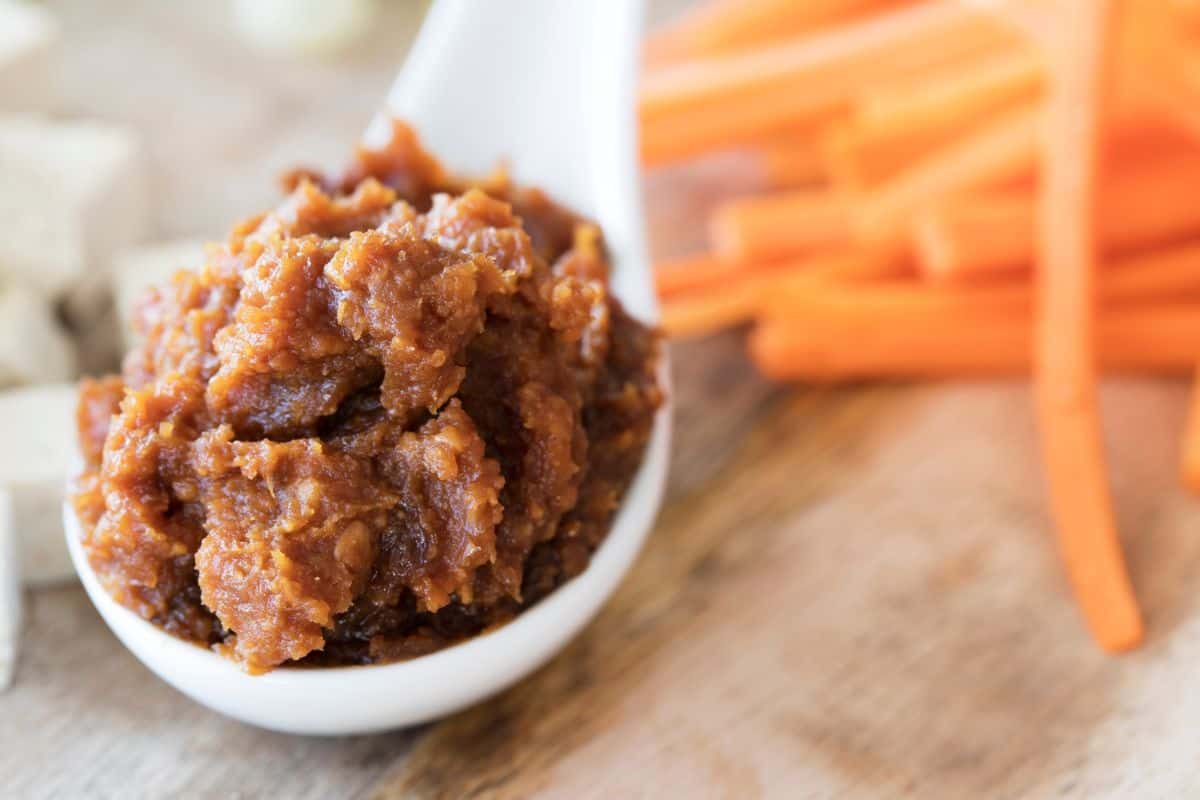
👨🍳 Culinary Applications of Doenjang
Doenjang in Traditional Korean Dishes
Doenjang is a staple in Korean kitchens. Due to its rich, umami flavor, it’s often used in stews and soups.
Doenjang jjigae, or soybean paste stew, is a popular dish. To make this stew, sautée meat and doenjang with oil, then add water or broth and vegetables like radish, tofu, or mushrooms.
Another classic is ssamjang, a dipping sauce for grilled meat, made by mixing doenjang with gochujang (Korean red chili paste), sesame oil, and garlic.
Innovative Recipes Using Doenjang
Doenjang isn’t just for traditional dishes. It can be used in creative ways to add depth to modern recipes.
Chef Choi suggests adding it to dressings. Mixing doenjang with sesame oil and garlic creates a flavorful dressing for salads or roasted veggies.
Another idea is to use doenjang in marinades for meats or as a base for fusion dishes like Korean-inspired pasta or grain bowls. This paste can elevate the taste profile of many meals.
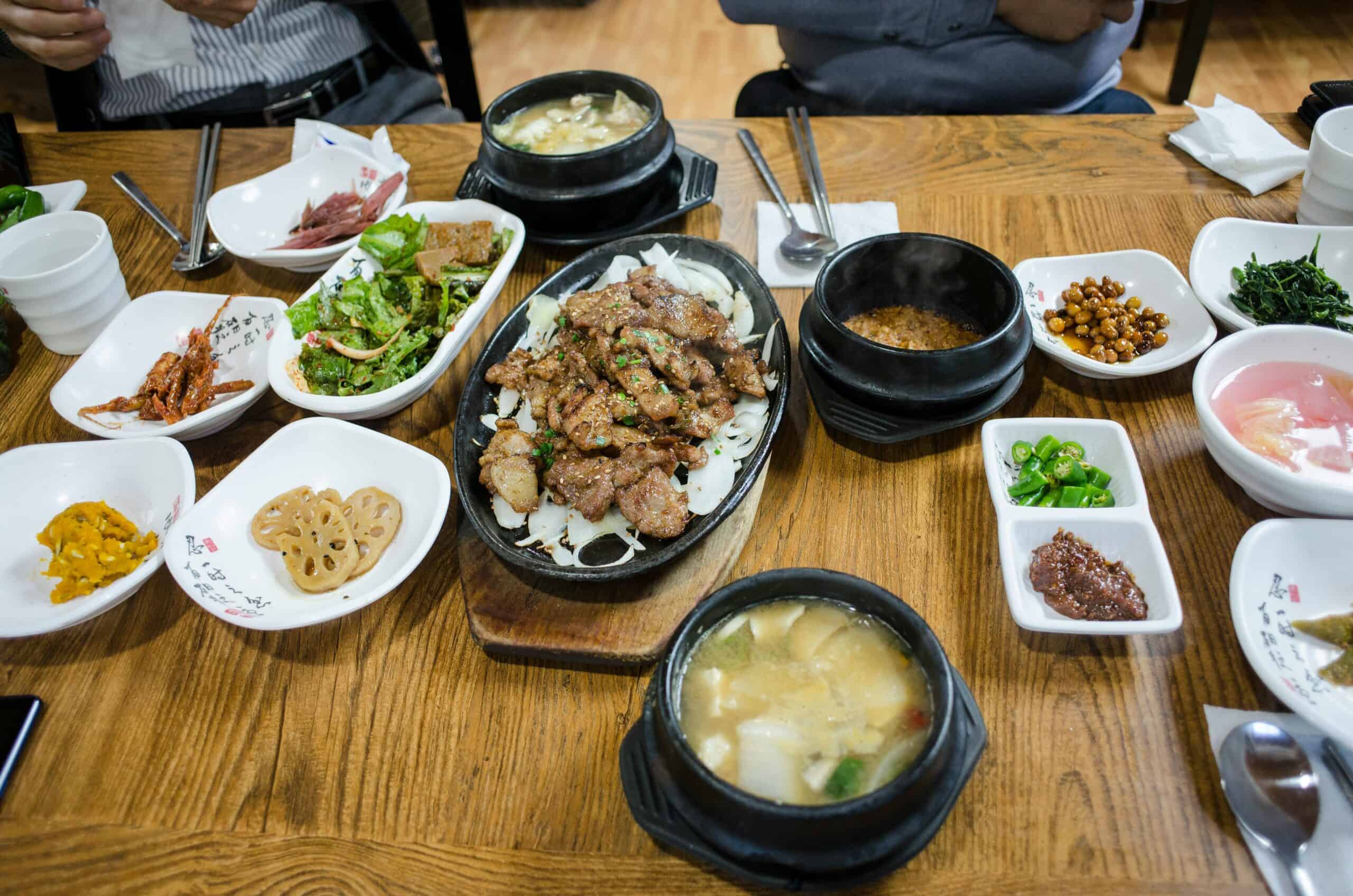
Doenjang as a Seasoning
Doenjang also works well as a seasoning. Its salty and savory notes enhance the flavors of various foods.
A spoonful of doenjang greatly benefits soups and broths. Simply dissolve it in water or broth to create a rich base. Use it to season veggie sides—its robust flavor pairs wonderfully with greens like bok choy or spinach.
Add a bit of doenjang to stir-fries or use it as a glaze on roasted vegetables for an easy flavor boost. Its umami quality can improve many dishes, providing a deeper, more complex taste.
🥣 The Making of Doenjang
Traditional Methods of Fermentation
Traditionally, the process of making doenjang starts with soaking soybeans overnight. Once soaked, the beans are boiled in salted water until they become extremely tender, which can take several hours. After boiling, the mushy beans are mashed into a paste.
The paste is then formed into blocks called meju. These blocks are left to dry in the sun and ferment, during which time they develop beneficial bacteria.
Once fermentation has begun, the meju blocks are placed in an earthenware pot with brine, allowing the fermentation to continue. This traditional method of fermenting creates a depth of flavor that's hard to beat.
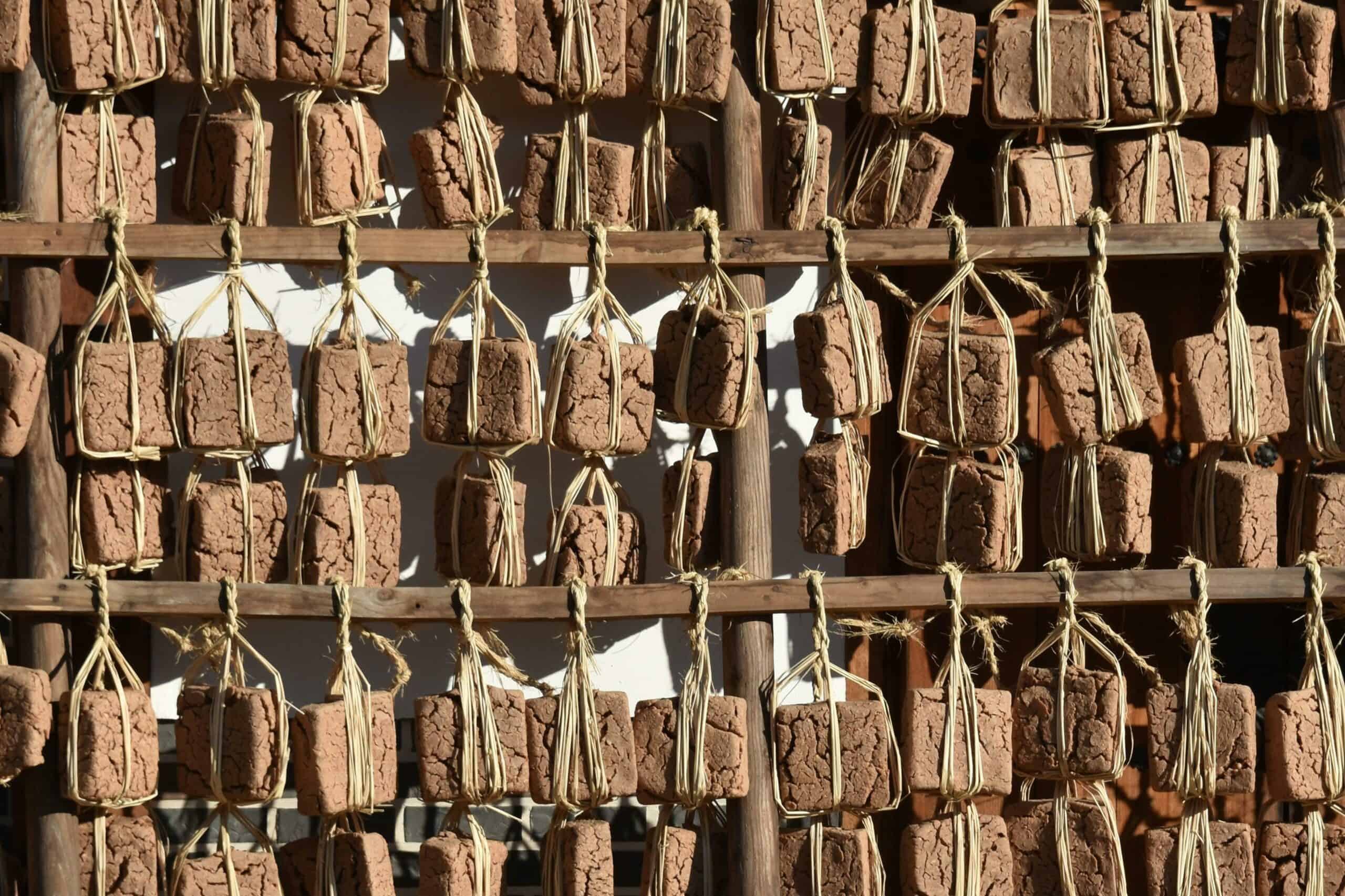
Variations in Preparation
While traditional methods remain popular, variations in preparation have emerged. Some recipes incorporate ingredients like garlic and chili peppers to add different flavor profiles.
Another variation involves shortening the fermentation time using controlled environments, speeding up processes that normally take months. This can be handy for cooks who don't have the space or time for traditional fermentation.
Some also use modern kitchen appliances like pressure cookers for initial soybean boiling, thus making the process faster while still capturing the essence of traditional flavors.
Homemade Doenjang
Making doenjang at home allows for personalization in flavor and texture. As specified in homemade recipes, the first step is to soak soybeans overnight and boil them until extremely tender.
Once boiled, the beans are mashed and mixed with salt and any additional desired ingredients like garlic or chili flakes. The mixture is then placed in an earthenware pot.
Cover the pot with a cloth and secure it, letting it sit in a sunny spot for fermentation. This intimate process of creating homemade doenjang makes it unique and tailored to individual tastes.
Through careful and patient fermenting, homemade doenjang offers an authentic touch that brings out the best in Korean dishes.
👩⚕️ Health Benefits and Nutrition
Doenjang is a flavorful ingredient and offers various health benefits, thanks to its rich nutritional profile and essential nutrients.
Nutritional Components
Doenjang is packed with valuable nutrients. It contains dietary fiber, which aids digestion. As a fermented food, it has beneficial probiotics that promote gut health. This paste also provides a decent amount of protein, making it a good option for vegetarians.
In addition, doenjang includes various vitamins and minerals. It has moderate levels of iron, which is important for blood health, and calcium, which supports bone strength.
Doenjang also contains Vitamin E, which acts as an antioxidant. The fermentation process enhances the flavor and makes these nutrients more bioavailable.
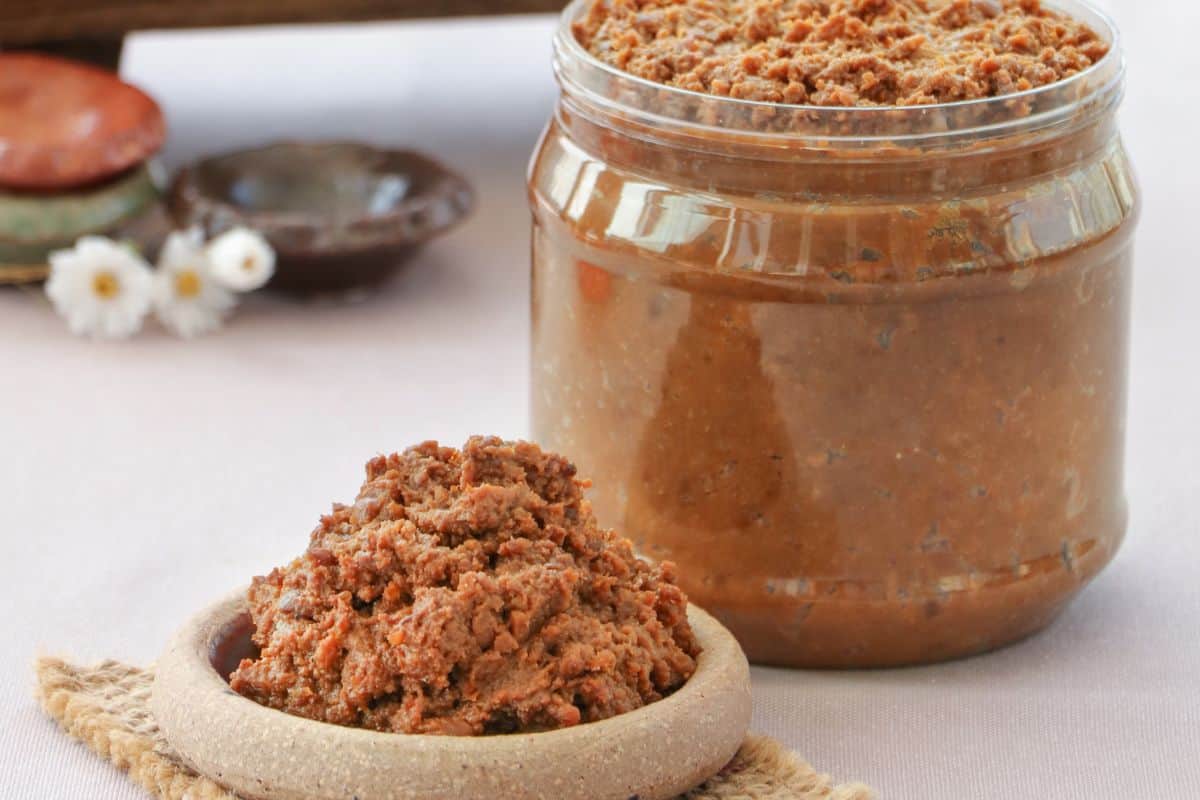
🫙 Purchasing and Storing Doenjang
Where to Buy Doenjang
Doenjang can be found almost anywhere. The best places to look are Korean grocery stores, which often have a range of options. Many Korean grocers carry both commercial brands and traditional homemade versions.
If there's no Korean grocery store nearby, try looking in the international aisle of larger supermarkets. Some online retailers also offer doenjang, often with detailed descriptions and customer reviews to help you choose the best one. Always check the ingredient list for the most authentic flavor.
Popular commercial brands include Sempio and Chung Jung One, which are known for their quality. Homemade varieties often have a richer, deeper taste but can be harder to find.
Storing Doenjang for Freshness
Proper storage of doenjang ensures it stays fresh and flavorful. Once opened, doenjang should be kept in the fridge, which can last for a year or more.
Place it in an airtight container to prevent moisture and odors from affecting its quality. Some prefer to keep the original packaging and put it in a zip-lock bag for extra protection.
Monitoring the appearance and smell is essential. If it develops mold or an off smell, it's best to discard it. Generally, though, well-stored doenjang retains its quality for a long time.
In sum, purchase doenjang from reliable sources and store it properly to enjoy its rich umami flavor in all your Korean dishes.
🥢 Pairing Doenjang With Other Ingredients
In Korean cooking, doenjang is often served with vegetables like zucchini, potatoes, and onions. These vegetables absorb the deep fermentation flavor beautifully. Mushrooms also blend well, adding a meaty texture to the mix.
Radish and green onions are frequently used, enhancing the stew's overall depth and aroma. Doenjang jjigae, a popular stew, often includes tofu, making the dish slightly creamy.
Kimchi is another staple that pairs wonderfully with doenjang. When preparing soups, gochujang and gochugaru (Korean chili pepper flakes) can add a spicy kick that balances doenjang's earthiness. For meats, beef and pork are popular, often cooked in a savory broth.
Seafood like shrimp or anchovies can also be added to doenjang dishes to provide a salty counterpoint. Side dishes such as scallions or even small servings of sesame oil-drizzled veggies can complement a doenjang-based main meal.
❓ Frequently Asked Questions
Doenjang paste is used in soups, stews, and sauces. It also makes a great marinade for meats and seafood. Stir it into stir-fries or use it as a dipping sauce for vegetables and rice.
Popular recipes include doenjang jjigae, a hearty Korean stew with vegetables, tofu, and sometimes meat. Another favorite is doenjang-based salad dressings, adding depth and flavor.
Though both doenjang and miso are fermented soybean pastes, they have different flavors. Doenjang is richer and more intense, whereas miso is sweeter and milder. Their fermentation processes differ, affecting texture and taste.
If you can't find doenjang, you can use miso paste as a substitute, though the flavor will be milder. Alternatively, a mix of miso and soy sauce can mimic doenjang's robust flavor.
Doenjang is made from fermented soybeans and brine. Some recipes include additional grains like barley or rice. These ingredients ferment over a long period, developing the paste's distinctive deep flavor.

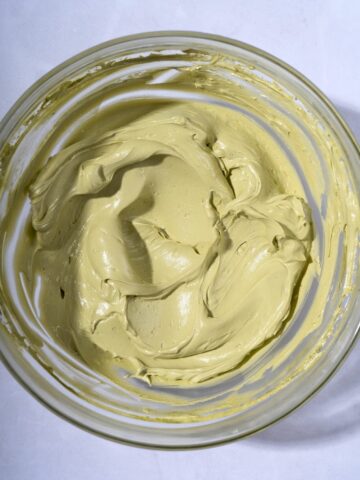
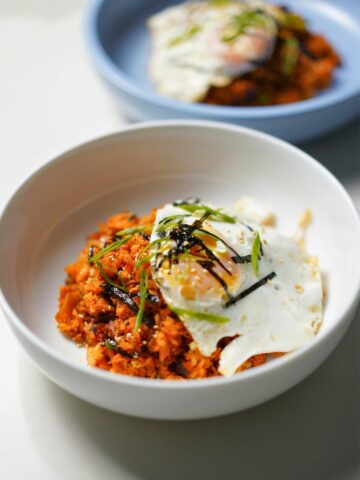
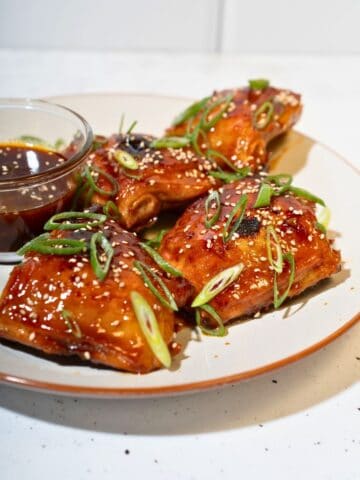
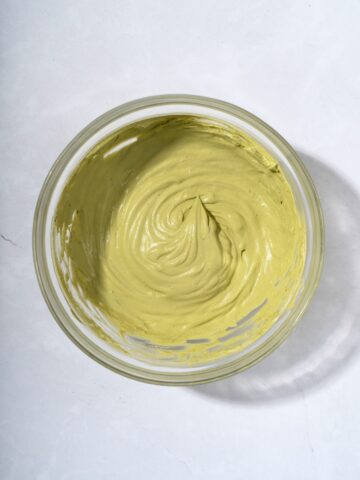
Comments
No Comments